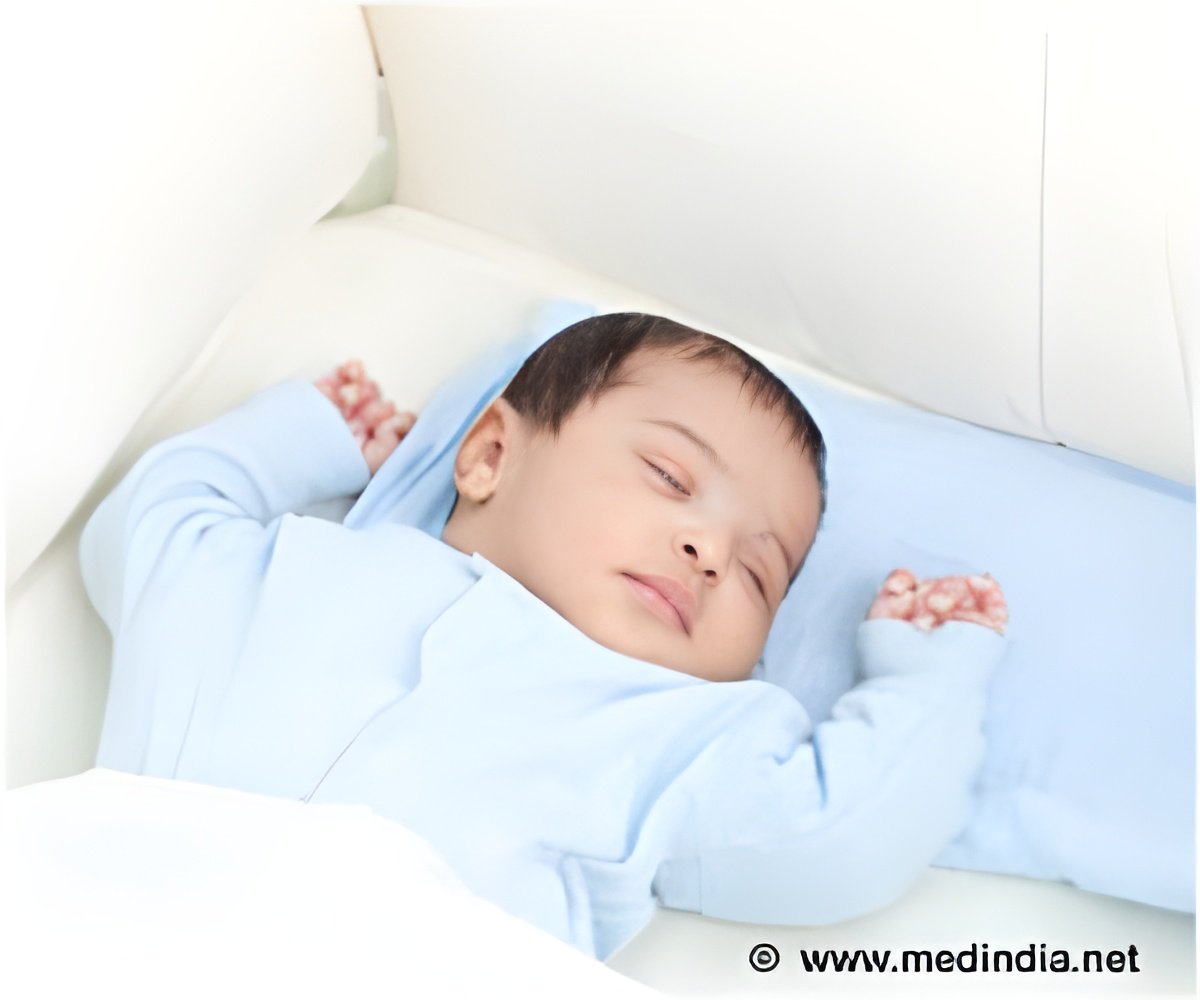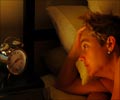Sleep twitches refer to the sudden jerk movements people experience during sleep. A new study reveals that these twitches might help babies learn about their bodies.

‘Babies could have sleep spindles during the Quiet Sleep phase. They are concentrated along the sensorimotor strip of the brain.’





"This was completely surprising and, for all we know, unique to humans and human infants. We were seeing things that we could not explain, based on our years of observation in baby rats and what's available in the scientific literature," said Mark Blumberg, one of the study's authors. The study team recorded the brain waves of 22 sleeping infants in the age group of one week to seven months.
They found that babies were twitching their limbs at the Quiet sleep (QS) phase apart from their Rapid Eye Movement (REM) sleep phase. The rate of occurrence of sleep spindles during this QS phase was about once every ten seconds.
Adding further surprise, the team noted that the sleep spindles and twitches occurred in synchronization. These spindles also showed a rise in frequency beginning around three months to seven months of age and were concentrated along the sensorimotor strip of the brain, which controls movement and sensing.
"Sleep spindles have been widely linked with learning and memory. So, our findings suggested to us that what the infants are doing is learning about their bodies through twitching during a period of sleep that we previously thought was defined by behavioral silence," said Greta Sokoloff, the study's lead author.
Advertisement
Source-Medindia















